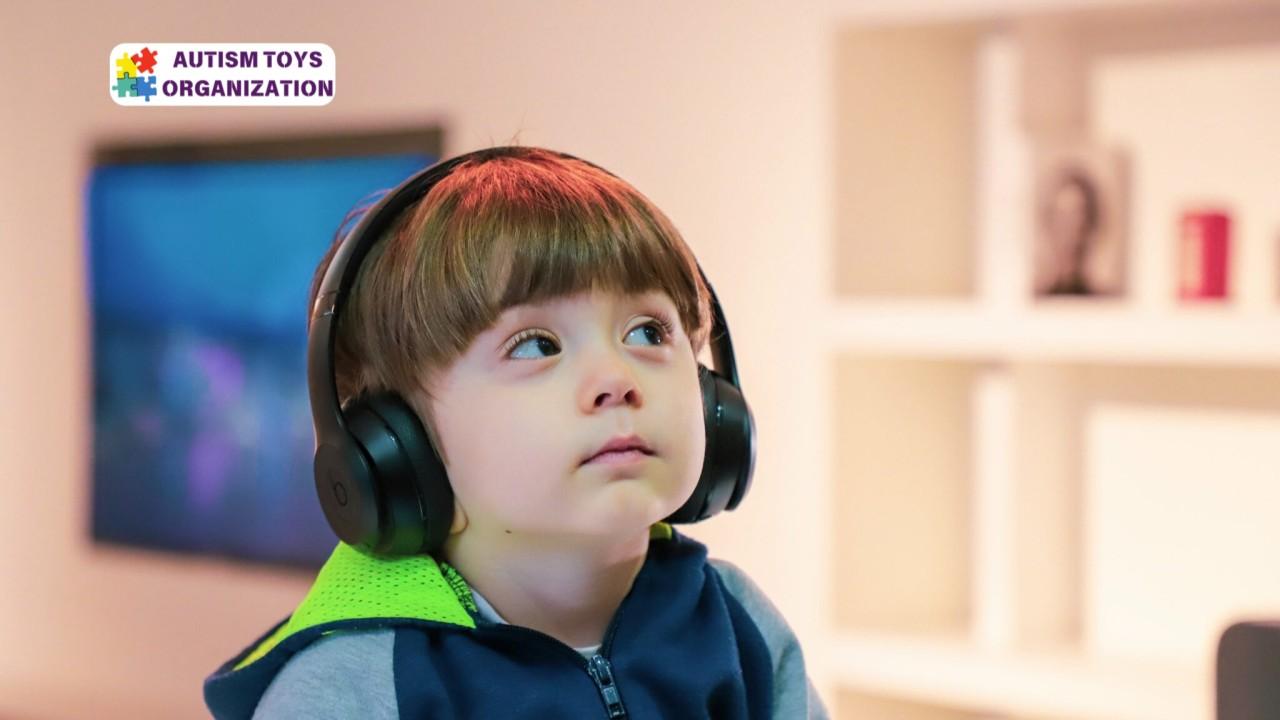
Asperger’s syndrome is a term sometimes used to describe a developmental disorder that’s part of the autism spectrum disorder (ASD). People who have this type of ASD tend to have a hard time relating to others socially. They usually stick to a very specific routine, have a narrow set of interests, and act in repetitive ways such as flapping their hands.
Doctors sometimes call Asperger’s a “high-functioning” type of ASD, which means its symptoms tend not to be as severe as other kinds of autism spectrum disorder.
Asperger’s syndrome was named for Hans Asperger, a doctor in Vienna during the reign of the Nazi party. In the 1940s, Asperger was the first to take note of the pattern of social issues in some children under his care that now defines the disorder. Much of the information experts know about Asperger’s today comes from Hans Asperger’s work.
Although he was a pioneer in this research, the use of his name for this disorder is controversial. Ongoing debates say his research may have promoted forced “race hygiene,” which included Nazi policies that people with certain disabilities should be killed and parents of these children should be sterilized.
Some argue that Asperger created language to describe children on the higher-functioning end of the autism spectrum as a way to save them from these Nazi policies. But new research shows a much more complicated picture of how this label harmed people and even led to some children’s deaths.
Asperger’s symptoms start early in life. Most diagnoses happen between ages 5 and 9, although some people are adults before they get their diagnosis. No two people have the same symptoms. But they’re usually related to emotional, communication, and behavioral skills.
People with the disorder may:
Adult Asperger’s symptoms
No symptoms are specific to adults, though some are more common, including:
If you notice signs of Asperger’s in your child, see their pediatrician. They can refer you to a mental health expert who specializes in ASD.
The doctor will likely ask questions about your child’s behavior, including:
Then they’ll observe your child in different situations to see how they communicate and behave.
There is no test to diagnose the condition in adults, or even a diagnostic criteria for Asperger’s syndrome in adults. That’s partly because it’s usually found at an early age. But if you think you might have Asperger’s, talk to your doctor. They also can refer you to the appropriate doctors.
Doctors who diagnose Asperger’s include:
The condition is often treated with a team approach. That means you or your child might see more than one doctor for your ASD care.
Doctors used to consider Asperger’s and autism as separate conditions. But the 2013 edition of the Diagnostic and Statistical Manual of Mental Disorders (DSM-5), the standard book that mental health experts use, changed how the condition is classified.
Today, Asperger’s syndrome is technically no longer a diagnosis on its own. It’s part of the broader category of autism spectrum disorder(ASD). This group of related disorders shares some symptoms. Even so, lots of people still use the term Asperger’s.
The DSM-5 also includes another diagnosis, called social pragmatic communication disorder, which has some symptoms that overlap with Asperger’s. Doctors use it to describe people who have trouble communicating socially, academically, and at work but who otherwise are cognitively typical.
Everyone is different, so there isn’t a one-size-fits-all approach. Your doctor might need to try a few therapies to find one that works.
Treatments can include:
Social skills training. In groups or one-on-one sessions, therapists teach you or your child how to interact with others and express themselves in more appropriate ways. Social skills are often best learned by modeling typical behavior.
Speech-language therapy. This helps improve communication skills. For example, you or your child will learn how to use a normal up-and-down pattern when speaking rather than a flat tone. This therapy can also help you learn to keep up a two-way conversation and understand social cues like hand gestures and eye contact.
Cognitive behavioral therapy (CBT). It helps change thinking patterns, so you or your child can better control emotions and repetitive behaviors. This method helps you or your child get a handle on things like outbursts, meltdowns, and obsessions.
Applied behavior analysis. This technique encourages positive social and communication skills and discourages behavior that isn’t working. The therapist will use praise or other “positive reinforcement” to encourage results.
Medicine. There aren’t any drugs approved by the FDA to specifically treat Asperger’s or autism spectrum disorders. Some medications, though, can help with related symptoms like depression and anxiety. Your doctor may prescribe some of these:
Parent education and training. If you’re supporting a child with symptoms of Asperger’s, you’ll learn many of the same techniques your child is taught so you can work on social skills at home. Some families also see a counselor to help them deal with the challenges of living with someone with Asperger’s.
Asperger’s syndrome is a term sometimes used to describe a developmental disorder that’s part of the autism spectrum disorder. It effects emotional, communication, and behavioral skills, and symptoms are usually caught early in life, though adults also get diagnosed. Doctors treat Asperger’s with various types of therapy.




